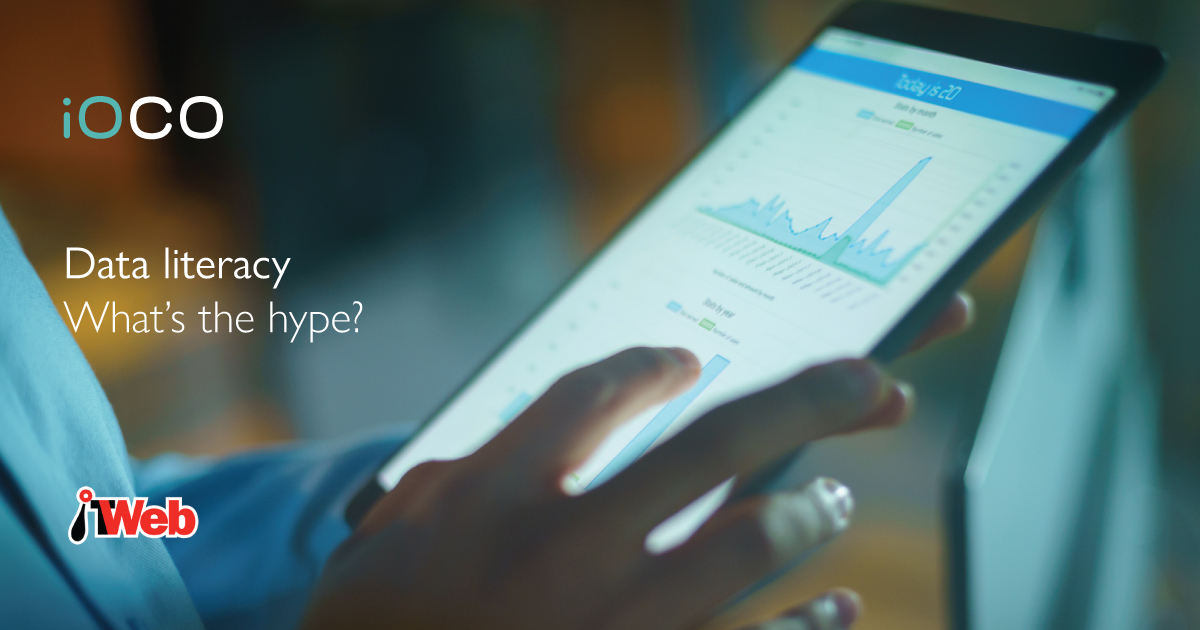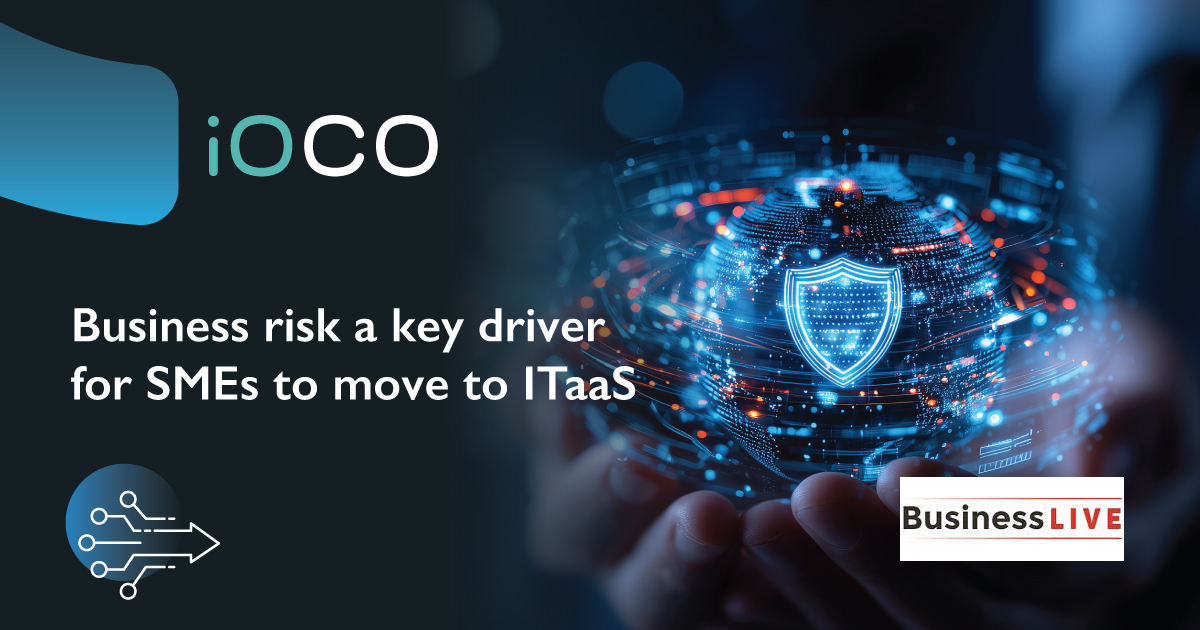The past few years have lacked stability and clarity. As we move into the second half of 2023, businesses across the globe have largely accepted the new normal, preparing to weather new storms, and build resiliency. The pandemic, geopolitical dynamics, wars, and talent struggles have offered many lessons, and we’re bringing those learnings into the next semester. With that in mind, here are the top tech trends and decisions companies will contend with in 2023.
When it comes to supplementing talent, ongoing economic uncertainty means teams must get creative with the talent pool they have, expanding their typical practices by leaning on their partner ecosystems to supplement their talent strategy. Managed service offerings are set to control selling, general, and administrative expenses (SG&A) and provide up- or down-scaling flexibility, while simultaneously optimising workplace productivity. In addition, companies will ramp up robotic process automation (RPA) deployments to augment workforce efficiency and align focus to more strategic initiatives. Some will do this proactively to gain a competitive edge.
Companies have now faced several black swan events over the past few years. For the rest of 2023, the focus should be on investing in the resiliency of core infrastructure. At the top of this strategy is data. No one disputes that data and, more importantly, application of that data is king. Businesses will continue to lead with a digital-first strategy and move to integrated platforms, unifying their data to manage their full operations.
To support this, ERPs will continue to evolve into data-driven platforms that emphasise insights rather than just reporting. With most of the data that organisations need existing outside of their company, ERP vendors must assist companies in developing an actionable single-source-of-truth. Complementing this, we will see continued migration to cloud-native architecture with microservices and APIs, due to scalability, security and agility needs. Those companies that make ERP shifts will look to vendors that are fluent in business outcomes and have strong data platforms with even stronger ecosystem partners.
Looking forward, bridging technology is becoming essential. Economic uncertainty will mean that companies will first try to work with the systems they have before doing a large new implementation. The intent will be to control costs and limit operational disruption. In flourishing times, companies can stomach the initial inefficiencies that come with DIY-bridging, but for the rest of 2023, there will be anticipated pressure on time-to-value. Thus, partnership approaches are likely to dominate. With this method, companies must keep an eye on their future roadmap, select vendors with a composability mindset, and ensure out-of-the-box working APIs.
While this appears to be the ultimate scenario, companies must think deeply about the risks, which include: IT ownership and skill scarcity; increased end-of-life costs; mismatched workflows; costs of additional technology to close gaps; underachieving KPIs; and negative employee engagement.
A recent survey by the Harvard Business Review showed that workers are currently using six to eight apps to perform a single task. The cognitive tax, frustration, and mismatched processes hamper employee retention and, in turn, customer satisfaction. Not to mention, bridging often means companies must work against their ideal state, which is to have a single platform that handles all workflows with little manual intervention. If selecting this approach, heavy discipline and collaboration is required between IT, finance, operations, and even HR, to evaluate the performance vs cost risks.
Despite the points above, organisations inherently want to modernise, and in the current and upcoming business climate, often need to do so – with the help of intelligent overlays. Strategic use of add-ons are an inexpensive way to achieve this. In particular, hyper-automation and artificial intelligence/machine learning (AI/ML) will continue to have strong adoption going forward. These technologies tend to provide a tremendous impact at very little cost, and while limiting deployment disruption to an organisation. Often integration of these overlays opens the door to other areas of improvement, like better OT/IT connectivity or migrating to a SaaS and cloud-enabled system.
While companies will continue to be cautious about spending (especially on big ticket items), they will stay opportunistic and curious about evolving technologies. Critical bets, during times when others are tightening their belts, can give companies the opportunity to stand out against competition. Adoption will be approached through the thick lenses of productivity, growth, profitability, and employee engagement.
With this in mind, expect to see an uptick in digital twins and process modeling. Companies can easily start with one model to prove the value of predictive capabilities, then expand into interconnected simulations to gain rich insights from complex relationships. And while many are still intimidated by the metaverse, connecting twins between warehouses, sites and operational functions creates a foundation to which extended reality (XR) technology can be applied and a powerful employee experience created.
Written by: Paul Bouchier is sales director at iOCO, within iOCO Software Distribution, an Infor Gold Partner.
Originally featured here



